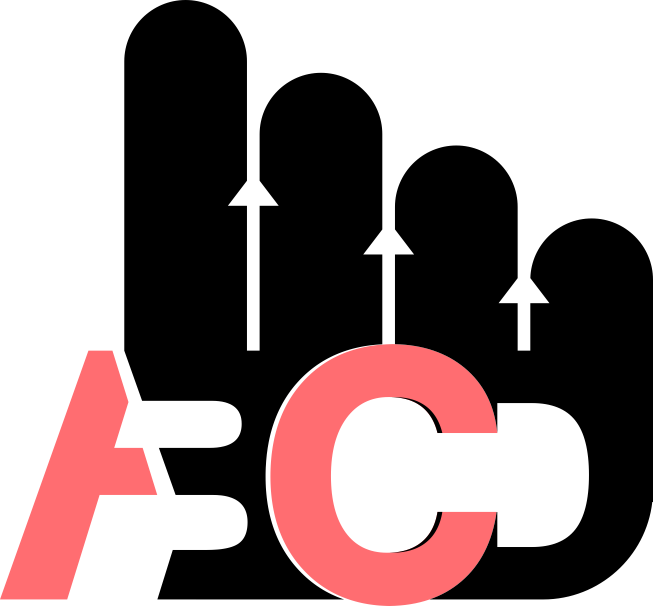Immediate and Intermediate Outcomes of Balloon Angioplasty in Neonatal Type Coarctation of Aorta in Sulaimani Cardiac Center
DOI:
https://doi.org/10.56056/amj.2018.52Keywords:
Coarctation of aorta, Balloon angioplasty, InfantAbstract
Background and objectives: Coarctation of aorta is the fourth most prevalent heart disease in infants requiring catheterization and surgery during the first year of life. Unfortunately the initial clinical manifestations in infants are non-specific and mainly consist of tachypnea, poor feeding and failure to thrive which result in delays in the correct diagnosis and therapeutic interventions. The aim of the study was to assess the immediate and intermediate outcome of balloon angioplasty in neonatal type coarctation of aorta.
Methods: It is a case series study of 13 young infants with neonatal coarctation of aorta their ages were between 10 days to 18 months and were admitted to intensive care unit of pediatric teaching hospital and Shar hospital neonatal care unit in Sulaimani. Balloon angioplasty was done for them in Sulaimani cardiac center between February2014 to October2017.
Results: Balloon angioplasty was done for 13 young infants with good result in 10/13 cases without any complication. There was significant mean pressure gradient changes before and after the procedure (48 ± 18.57mmHg and 28.15 ±16.12mmHg, respectively). The complications of balloon angioplasty were divided in to immediate complications which occurred within 24h post angioplastic procedure and included peripheral cyanosis1case (7.7%), small aneurysm formation 1 case(7.7%), and intermediate complications which occurred within 6 month of the angioplasty showed repeated dilatation of coarctation in 1 case (7.7%), while in 10 cases (76.9%) there were no any complications.
Conclusions: Balloon angioplasty is a safe and effective treatment option in infants with coarctation of aorta; however, timely diagnosis and improvement in angioplasty techniques are necessary to improve the outcome.
Downloads
References
Molaei A, Bilejani I, Zeinalzadeh A. Early Results of Balloon Angioplasty of Native Coarctation of Aorta Under 2 Years Old. Crescent Journal of Medical and Biological Sciences. 2017: 4: 69.
Perloff J: Coarctation of aorta.The Clinical Recognition of Congenital Heart Disease, 5th Edition.India. 2009:113.
Perloff J: Coarctation of aorta. The Clinical Recognition of Congenital Heart Disease, 5th Edition.India. 2009:114.
Bernstein D: Acyanotic Congenital Heart Disease: Obstructive Lesions. Nelson Textbook of Pediatrics. Edition 20, 2. Phialdelphia PA, 2016: 2205-2206.
Wood A, Javadpour H, Duff D, et al. Is extended arch aortoplasty the operation of choice foe infant aortic coarctation? Results of 15 years experience in 181 patients.Ann Thorac Surgery.2004; 77(4):1353- 1357.
Rubay J, Sluysmans T, Alexandrescu V, et al. Surgical repair of coarctation of the aorta in infants under one year of age: long- term results in 146 patients comparing subclavian flap angioplasty and modified end-to-end anastomosis. J CardiovascSurg. 1992; 33(2):216-222.
Merill W, Hoff S, Stewart J et al. Operative risk factors and durability of repair of coarctation of the aorta in the neonate. Ann Thorac Surg. 1994; 58(2):399-402.
Mendelsohn A. Balloon angioplasty for native coarctation of the aorta. Journal of interventional cardiology. 1995; 8(5):487-508.
Wong D, Benson L, Van Arsdell G et al. Balloon angioplasty is preferred to surgery for aortic coarctation .Cardiol Young 2008;18:79- 88.
AmoozgarH, Bahmanpour N, Farhadi P et al. Balloon Angioplasty for Native Coarctation of the Aorta in Children. Immediate Outcome and Follow-up for Heart function. International Cardiovascular Research Journal. 2017:11(1):14.
Liagn C, Su W, Chung H et al. Balloon Angioplasty for Native Coarctation of the Aorta in Neonates and Infants With Congestive Heart Failure Pediatrics& Neonatology. 2009; 50(4): p152-157.
He L, Liu F, Wu L et al. Percutaneous Balloon Angioplasty for Severe Native Aortic Coarctation in Young Infants less Than 6 Months: Medium-to Long-term Follow-up. Chinese Medical Journal. 2015; 128:1022.
Zhou A. Coarctation of the aorta. Cardiac Catheterization -Diagnosis and Treatment of Congenital Heart Disease.2nded.Shanghai, China: Shanghai Science and Technology Press. 2009: 307-10.
Dilawar M, El Said H, El-Sisi A, Ahmad Z. Safety and efficacy of low-profile balloon in native coarctation and recoarctation balloon angioplasty for infants. Pediatr Cardiol. 2009;30: 404-8.
JPerloff J M.The Clinical Recognition of Congenital Heart Disease, 5th Edition. India. 2009: 116.
Ho V, Bakalov V, Cooley M et al. Major vascular anomalies in Turner syndrom: prevalence and magnetic resonance angiographic features. Circulation. 2004;110:1694-700.
Lee C, Lin J, Hsieh K et al. Balloon angioplasty of native coarctation and comparison of patients younger and older than 3 months. Circ J. 2007;71:1781-4.
Molaei A, Bilejani I, Zeinalzadeh A. Early Results of Balloon Angioplasty of Native Coarctation of Aorta Under 2 Years Old. Crescent Journal of Medical and Biological Sciences. 2017; 4: 70.
Amoozgar H, Bahmanpour N, Farhadi P et al. Balloon Angioplasty for Native Coarctation of the Aorta in Children: Immediate Outcome and Follow-up for Heart function. International Cardiovascular Research Journal. 2017;11(1):13.
Biomy R, Mansour H, ElsaidL A. Short- Term Outcome of Balloon Angioplasty of Discreate Coarctation of Aorta. Forture Journals. 2017.
Rao P, Chopra P. Role of balloon angioplasty in the treatment of Aortic Coarctation. The annals of Thoracic Surgery.1991; 52:621-631.
He L, Liu F, Wu L; et al. Percutaneous Balloon Angioplasty for Severe Native Aortic Coarctation in Young Infants less Than 6 Months: Medium- to Long-term Follow-u .Chinese Medical Journal. 2015; 128:1021.
Downloads
Published
How to Cite
Issue
Section
License
Copyright (c) 2023 Shaymaa Jalal Mohammed, Aso Faeq Salih

This work is licensed under a Creative Commons Attribution-NonCommercial-ShareAlike 4.0 International License.
The copyright on any article published in AMJ (The Scientific Journal of Kurdistan Higher Council of Medical Specialties )is retained by the author(s) in agreement with the Creative Commons Attribution Non-Commercial ShareAlike License (CC BY-NC-SA 4.0)








